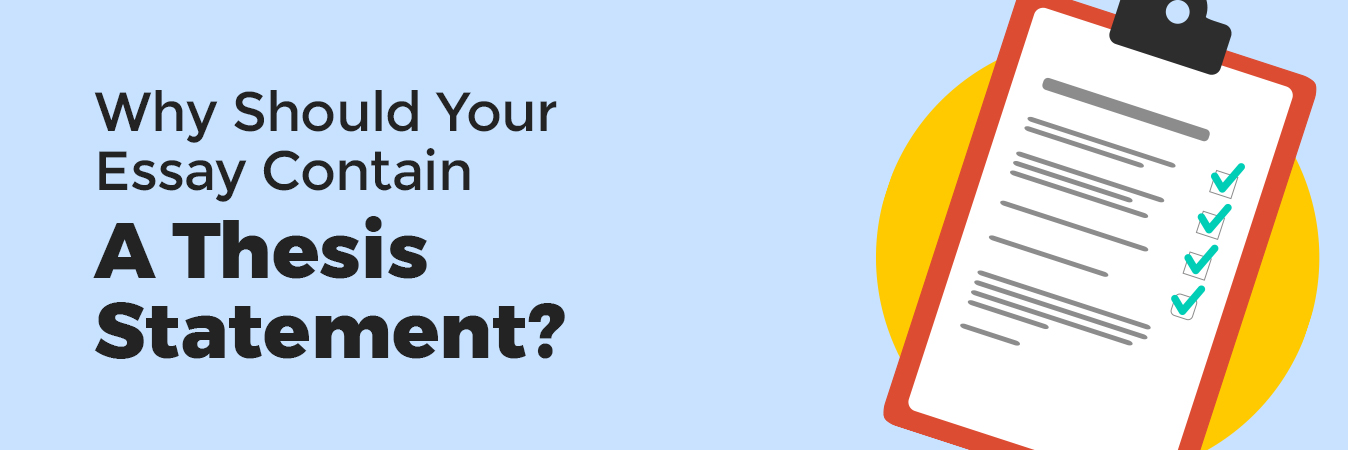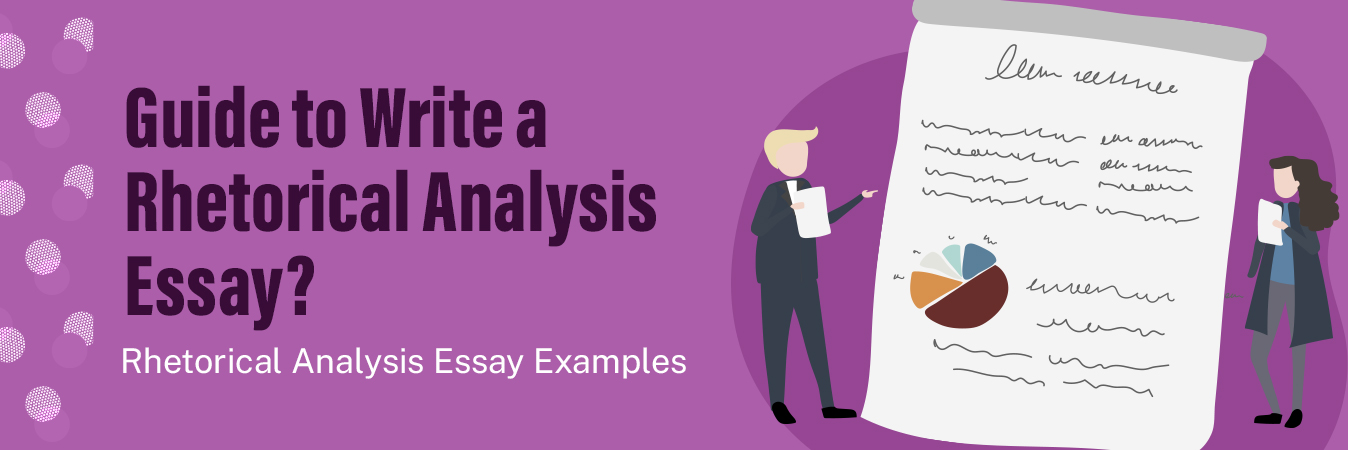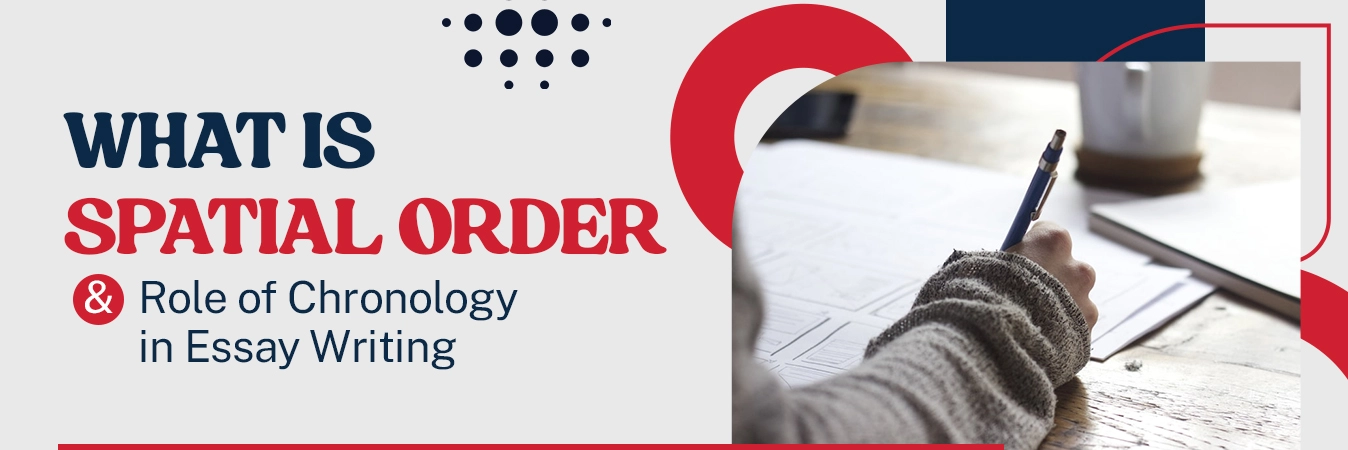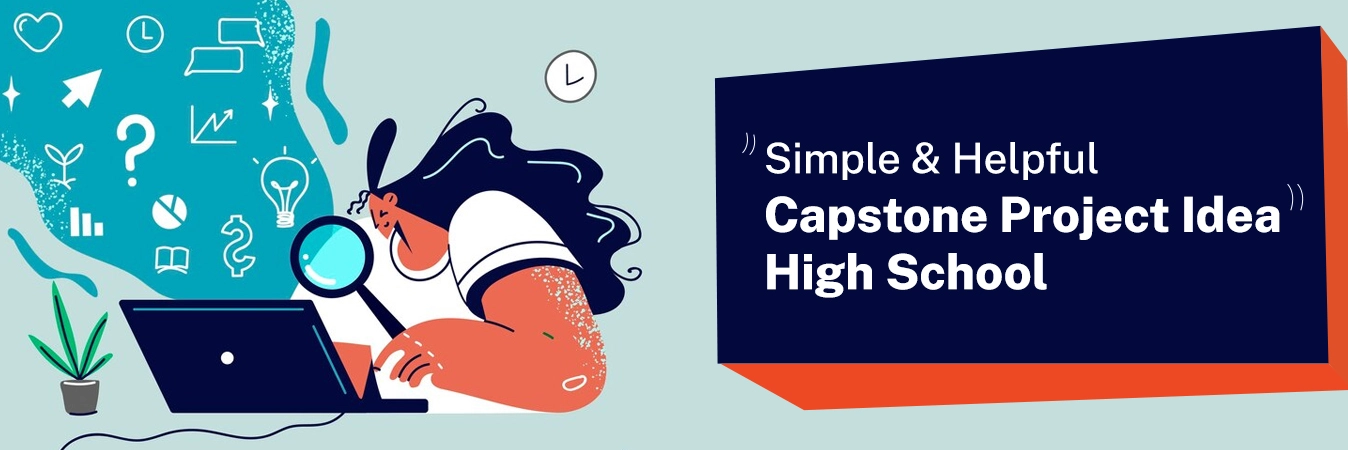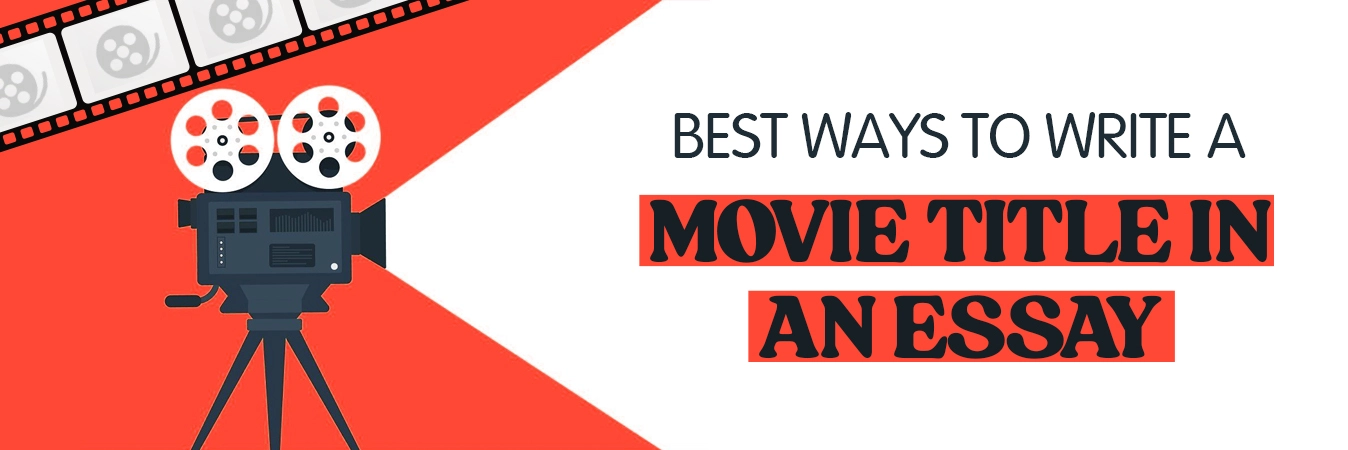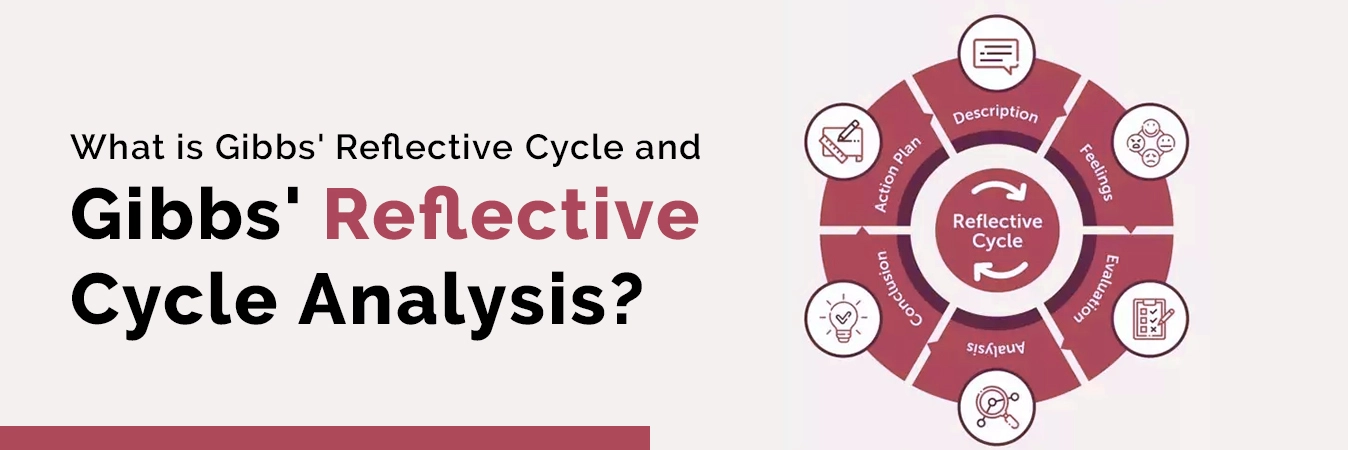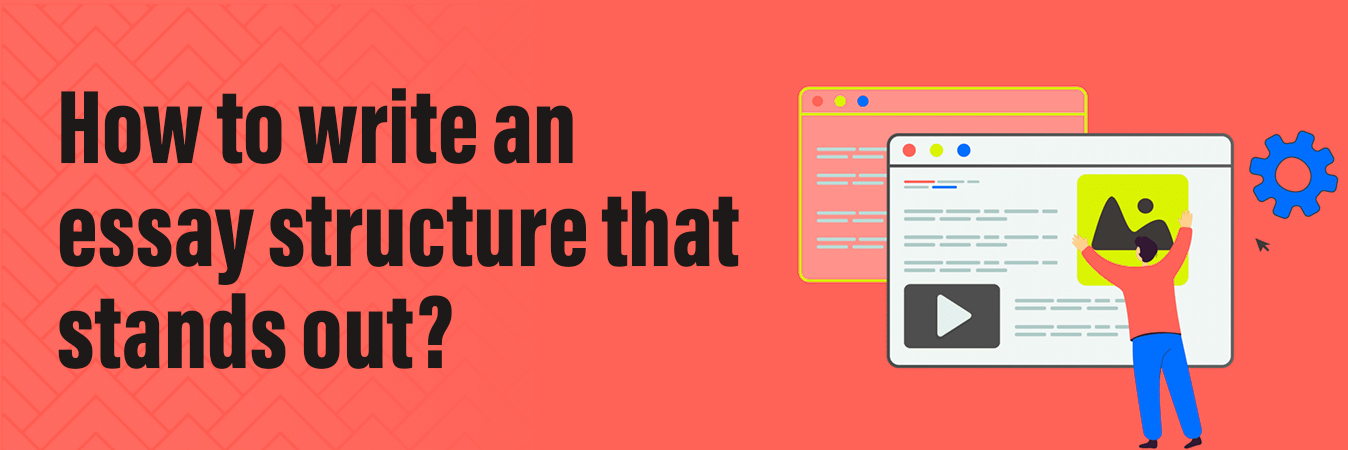
How To Write An Essay Structure That Stands Out?
Crafting an essay is akin to building a house of ideas. Just as a sturdy foundation and a well-constructed framework are crucial for a house’s stability, an essay’s structure is vital for its coherence and impact. An essay structure is not just about arranging paragraphs; it’s a roadmap that guides readers through your thoughts.
In this exploration, you’ll delve into the art of creating an essay structure that captivates, the significance of structure in essay writing, the fundamental components of an essay’s structure, how to structure an essay at a university level, and invaluable tips to elevate your essay’s structure to new heights.
Writing an Essay Structure
Structuring an essay that stands out is like constructing a beautifully designed building that not only serves its purpose but also captivates anyone who gazes at it. It’s a blend of art and science, a symphony of logic and creativity. To begin, envision your essay as a canvas where each section has a distinct purpose, contributing to the overall masterpiece. Start with a compelling introduction that grabs the reader’s attention and presents a clear thesis – the cornerstone of your essay. This is your chance to set the tone and spark curiosity.
As you venture into the body paragraphs, remember that each paragraph is like a brick in your building. It should have a solid foundation (the topic sentence), be reinforced with evidence and examples, and contribute to the overall structure’s integrity. Make sure the flow is natural and logical, guiding your readers through your thoughts effortlessly. The body is where your arguments take center stage, supported by well-researched evidence that lends credibility to your claims. To truly stand out, consider incorporating a blend of contrasting viewpoints and counterarguments.
Finally, a memorable conclusion should do more than just summarize your points. It’s the final brushstroke that completes your masterpiece. Reinforce your thesis, wrap up your arguments, and leave readers with a thought-provoking insight or a call to action. Much like the final chord of a musical composition, your conclusion should resonate in your readers’ minds, creating a lasting impact. Remember, a structure that stands out is not just about aesthetics – it’s about creating a harmonious flow of ideas that enlightens, engages, and leaves a mark on your audience.
Importance of Structure in Writing an Essay
Imagine reading a book with randomly shuffled chapters or attempting to solve a puzzle with missing pieces – frustrating, right? Similarly, an essay without a proper structure can leave readers bewildered and your arguments scattered. The significance of structure in writing an essay cannot be overstated. It’s the roadmap that guides both you, the writer, and your readers through a logical sequence of ideas. A well-structured essay ensures that your thoughts flow seamlessly, each paragraph building upon the previous one to convey a cohesive narrative. It transforms your raw ideas into a coherent and engaging story, enhancing the clarity and impact of your message.
An organized structure also aids readers in comprehending your arguments. It’s like arranging pieces of a jigsaw puzzle in a way that the picture becomes clear. Without a structure, your insights might be lost in a maze of words. A proper introduction provides context and sets expectations, body paragraphs present your arguments and evidence, and a conclusion ties everything together, leaving a lasting impression. With a clear structure, your essay becomes more than just a collection of paragraphs – it becomes a compelling journey that readers can follow with ease, absorbing your ideas along the way.
3 Main Parts of Essay Structure – Basic Essay Structure
When it comes to essay writing, the structure serves as the scaffold upon which your ideas unfold. The basic essay structure consists of three main parts – the introduction, the body, and the conclusion. These elements are the building blocks of an effective essay, forming a cohesive framework that guides your readers through your thoughts.
Ø Introduction
Consider this the entrance to your essay. Introduce the topic, provide background information, and present your thesis statement – the heart of your essay. A well-crafted introduction should pique readers’ interest and set the tone for the entire piece.
Ø Body
This is where your ideas take shape and arguments come to life. Each paragraph in the body should focus on a specific point or idea that supports your thesis. Start with a topic sentence, provide evidence or examples, and conclude with a transition to the next point. The body paragraphs should flow logically, building a strong case for your thesis.
Ø Conclusion
Think of the conclusion as the grand finale. Summarize your key points, restate the thesis in a new light, and leave readers with a thought-provoking closing statement. A compelling conclusion should provide a sense of closure while inviting readers to reflect on your ideas.
However, if you’re assigned an essay writing task but you’re unable to do so because of poor writing skills then consider searching for “do my essay service in USA” on the internet and get a list of amazing essay writing professionals.
How to Structure an Essay at University Level
University-level essays demand a higher level of sophistication in their structure. Here’s how to elevate the parts of essay structure to meet this standard:
- Depth in Body Paragraphs: University essays require a more in-depth exploration of ideas. Each body paragraph should include a clear topic sentence, supporting evidence, critical analysis, and a connection to the thesis.
- Critical Engagement: Engage critically with source materials, theories, and counterarguments. This depth of engagement showcases your understanding of the subject matter and adds authority to your essay.
- Fluid Transitions: Transition smoothly between paragraphs and sections. This ensures a seamless flow of ideas and enhances readability.
- Coherent Logic: Maintain a coherent logical progression from introduction to conclusion. Each paragraph should build upon the previous one, leading readers on a clear path of understanding.
Tips for Improving Your Essay Structure
- Outline Before You Write: Create a roadmap for your essay by outlining the main points and their sequence. This helps you maintain focus and organization throughout the writing process.
- Thesis Clarity: Craft a clear and concise thesis statement. It’s the compass that guides your essay’s direction.
- Topic Sentences: Begin each body paragraph with a strong topic sentence that introduces the central idea of the paragraph.
- Balance and Unity: Maintain a balance between the length of each section. Ensure that your essay maintains unity by sticking to the main theme and avoiding tangents.
- Edit and Revise: Review your essay for coherence and clarity. Ensure that your ideas flow logically and that paragraphs are connected seamlessly.
- Peer Feedback: Seek feedback from peers or mentors. Fresh perspectives can highlight areas where your structure might need improvement.
- Read Aloud: Reading your essay aloud can reveal awkward transitions or convoluted sentences that might disrupt the flow.
However, still, if you feel like your essay isn’t competitive enough then consider opting for essay writing help online to get the best professionals at your service!
Conclusion
Writing an essay structure that stands out is more than adhering to a formula; it’s about creating a framework that illuminates your ideas. Just as a master architect designs a building that merges functionality and aesthetics, a skilled essay writer crafts a structure that enhances the content’s impact. A well-structured essay guides readers through your thought process, making your insights more accessible and engaging.
So, whether you’re a student aiming for academic excellence or a writer seeking to captivate an audience, remember that a well-constructed essay structure is the cornerstone of effective communication. Along with that, if you’re still struggling to write a compelling essay for your class assignment then don’t worry! Simply search for the best essay writing service in USA and hire the one that fulfills your requirements!
Save up to 25% Off on your First Order.
We have experienced and industry specific writers available for your support.
We have a special team to deal with urgent orders.
Our writers always do your order from scratch, so there is no chance of plagiarism.


